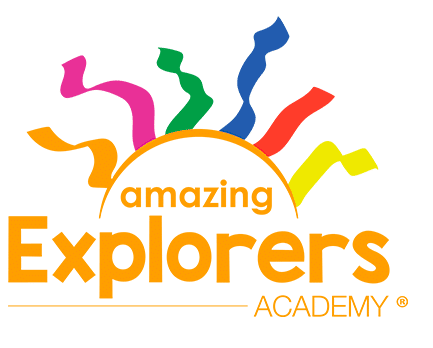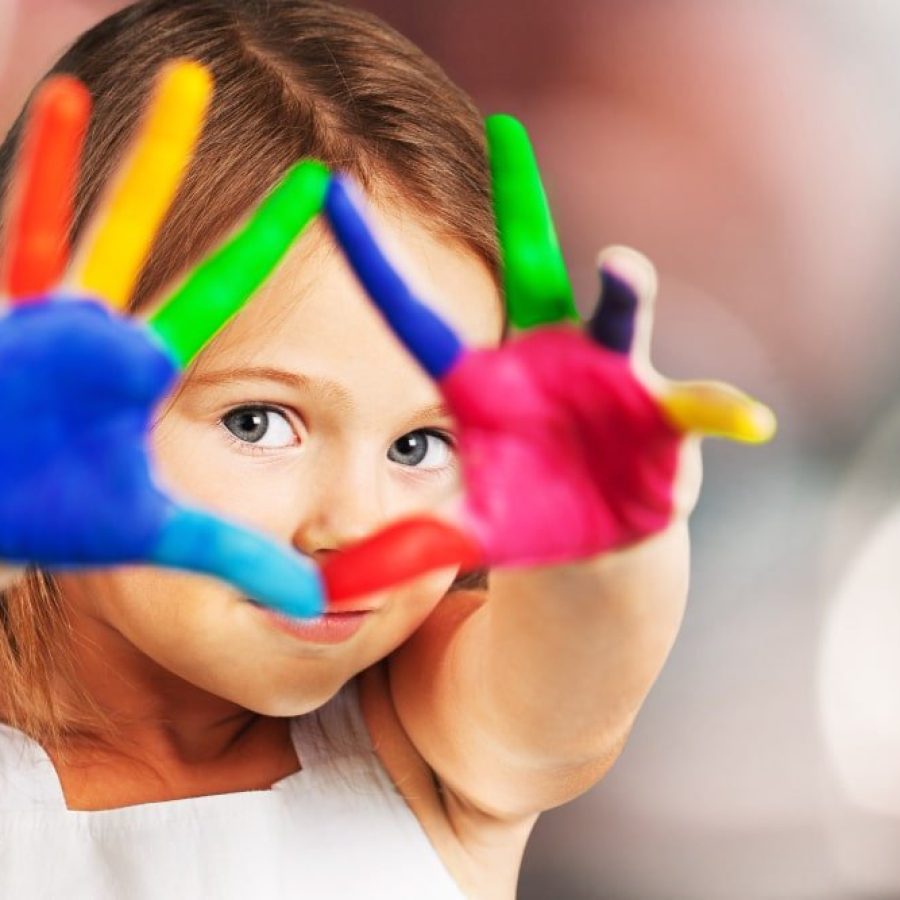When is it the right time to enroll your son or daughter into the universe of learning? What if we told you they can be expanding their knowledge at the same time they’re playing with their toys? You’re about to see that this is the value of creative development in early childhood!
Defining creative development
Creative development is all about creating learning and growing opportunities throughout the playtime process. It’s as simple as that!
By investing in creativity, you create conditions for a child to develop different aspects of their lives.
Why is creative development in early childhood important?
A big part of children’s development revolves around the abilities that are built during their growing years.
During that period, their problem solving skills, communication, empathy and social connections can flourish because of the experiences they’ve gone through and lessons learned from it.
This is what is expected when children learn through play. They understand that learning can be a fun process.
Also as part of the benefits, young students can understand and absorb school subjects easily; they can aim for challenging works in the future; they grow emotional intelligence and can have a better self esteem in the future.
All these happy consequences can become a reality because of the positive association between learning and exploring their curiosity.
Being creative in early childhood
Here are some suggestions to get you going on creative and fun sessions with your Little One!
Imaginative play: open-ended toys like building blocks, LEGO sets, or dollhouses allow children to use their creativity to invent stories, scenarios, and deal with different structures.
Art attack: provide children with various art supplies like crayons, markers, paints, and paper. Encourage them to draw, paint, and create their own artwork.
Group activities: all these approaches can have an even more interesting outcome when you combine teamwork and creativity. Do it by involving children in group projects, like building a fort, creating a mural, or organizing a small performance.
Benefits of creativity for children
Using playtime as a possibility to learn is especially useful for children because they are likely to be fully invested in the activity. By using their hands to hold or create something, they are refining motor skills.
The sheer act of creating something also represents the use of their creativity because something is being transformed.
By communicating their thoughts, they are enhancing social skills and even their leadership attitude. When a child has to think of new ways to adapt to a game because they broke something, they learn about cause and effect.
Ultimately, the key to nurturing creativity in children is to provide them with opportunities to explore, experiment, and make choices.
How can parents get involved?
As a parent, the best impact you can strive for is to be a supportive enthusiast of your child’s learning process.
It’s actually something simple to do! Avoid excessive adult direction or criticism; instead, focus on encouraging their natural curiosity and imagination.
Over time, these activities can help children develop their creative thinking skills and build confidence in their abilities.
All aspects of learning
Balancing structured learning with opportunities for free exploration and children’s creative expression is no less than vital.
Although it’s important to turn the learning process into something light, as we’ve discussed, structured learning (such as formal education and organized curricula) is something that can’t be ignored.
It creates a supervised environment that helps children acquire foundational concepts that are shared socially, discipline, and a sense of responsibility.
Complementing parts of the learning journey
Finding the right balance between structure and creativity helps nurture a child’s passion and self-confidence. Naturally, parents want their children more engaged in the learning process, developing a sense of ownership over their education.
As a result, this can lead to increased motivation and a lifelong love of learning.
By combining structured learning with creative exploration, we equip children with the tools they need not only to succeed academically but also to thrive as innovative, adaptable, and self-motivated individuals.
We understand creativity as an unavoidable tool of the learning process. Taking advantage of the learning process as something fun is a huge part of what the STEAM methodology is about. You get to see this upclose by visiting one of AEA’s units!
If you want to keep learning about the value of creative development in early childhood and its fruitful effects, delve into the concept of STEM and its benefits for children’s learning.


